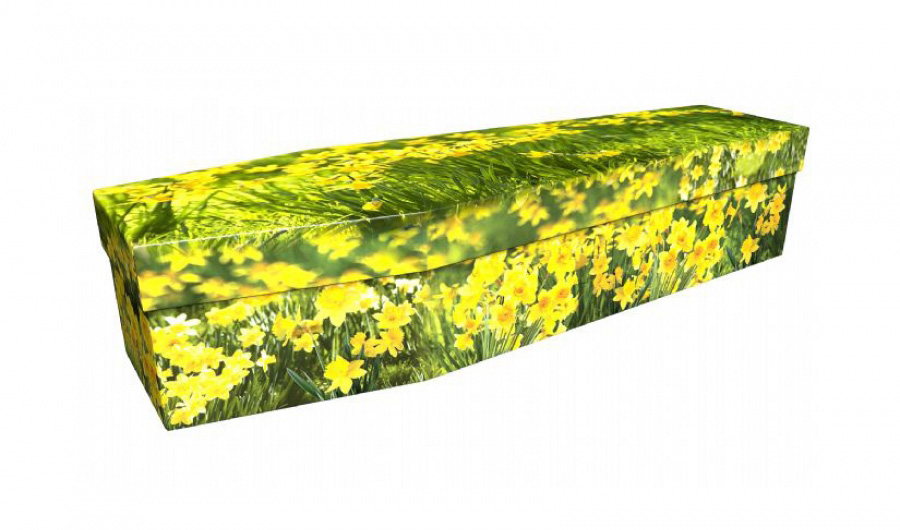ECO – FRENDLY FUNERAL

HOW TO MAKE YOUR DEATH ENVIRONMENTALY FRENDLY
Author: Roy Hunt
Photo: www.australiangeographic.com.au
A green goodbye: Would you have an eco-friendly funeral?
For the last significant rite, about two-thirds of Australians opt for cremation rather than burial. It’s an industrial process that uses large amounts of fossil fuels to heat a furnace up to 850°C. According to research sponsored by Adelaide’s Centennial Park Cemetery in 2007, one cremation releases into the atmosphere about 3.60 kg of CO2 and various other toxic pollutants in smaller amounts, mercury from dental fillings among them. The carbon footprint of a traditional burial appears far smaller, generating about 39 kg of CO2 on the day of the funeral.
But its environmental impact doesn’t stop there. Timber for the coffin and the gran-ite or marble headstone may have been shipped from overseas.
Over the decades, ground maintenance of the plot becomes a significant part of the equation. Operat-ing a standard petrol-powered lawnmower for one hour, for instance, generates pollution equivalent to driving a car more than 32 km. And the cocktail of toxic chemicals associated with a burial — such as formaldehyde, used in the embalming process and present in the glues used in chipboard coffins — will eventually break down and enter the soil.
Fortunately for those who’d prefer a greener goodbye, there’s a third option. BushLand Cemetery in Lismore, NSW, was one of the first facilities in the country to offer a “natural earth” burial. Artificial and non-biodegradable coffin materials are not allowed here. You won’t see any headstones made from imported granite and marble.
Instead, graves are marked only with GPS coordinates or a stone obtained from the local quarry. With no lawns to be mowed, there are no emis-sions from petrol-powered lawnmower engines. And, at about $3000, a BushLand burial is approximately 30 per cent cheaper than a traditional burial in Lis-more’s lawn cemetery. (Cremation comes in at $600—1000.)
The natural earth burial movement was started in the UK in the early 1990s by Ken West, and is rapidly gaining momentum. “It’s not for people who need the neat and tidy grave with its traditional headstone,” Ken says. “It will be chosen by those who love birds and wildlife, and who wish to create woodland for future generations.”
And perhaps most importantly, a natural burial is more likely to yield a net gain for the environment rather than a deficit, as a single tree can sequester up to i tonne of CO2 from the atmosphere for every year of its life.
The tricky part is finding enough space — BushLand is one of only a few natural bush-burial sites operating in Australia — the others are in Kingston, Tasmania; Enfield, SA; and Lilydale, Victoria — all of which are part of existing cemetery facilities. Adelaide funeral director Kevin Hartley argues that there’s an abundance of public space, much of it badly in need of revegetation, within a reasonable dis-tance from most major population centres.
He’s already bought vacant land in the Adelaide Hills, and plans to buy more in NSW and Queensland. “The long-term vision is the creation of a number of living memorial forests,” he says. “Everyone has different beliefs about life after death, but this is a way to get a little bit of immortality. At the end of the day, the principles of natural earth burial are very simple. All you need to do is dig a hole and plant a tree.”




